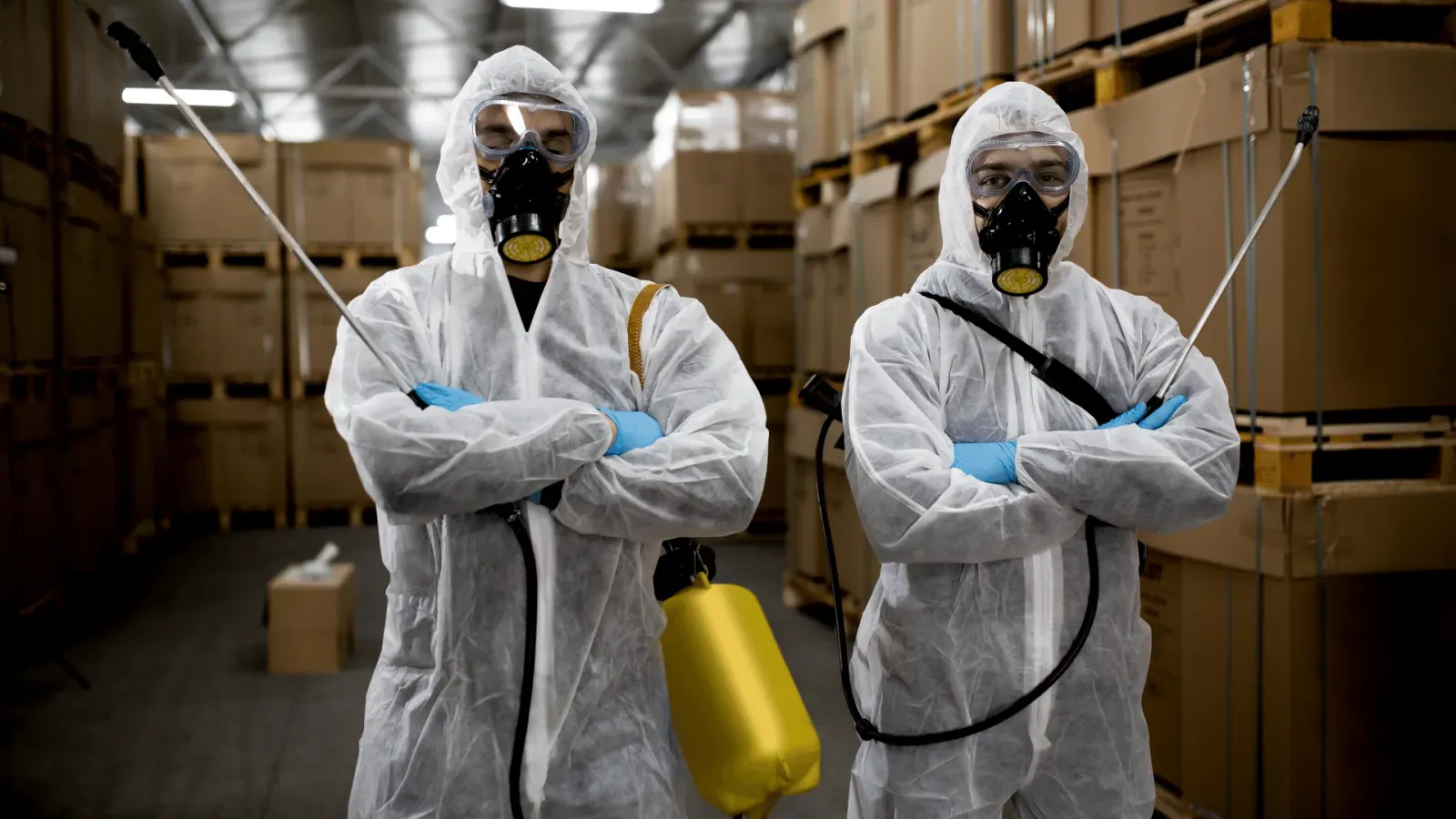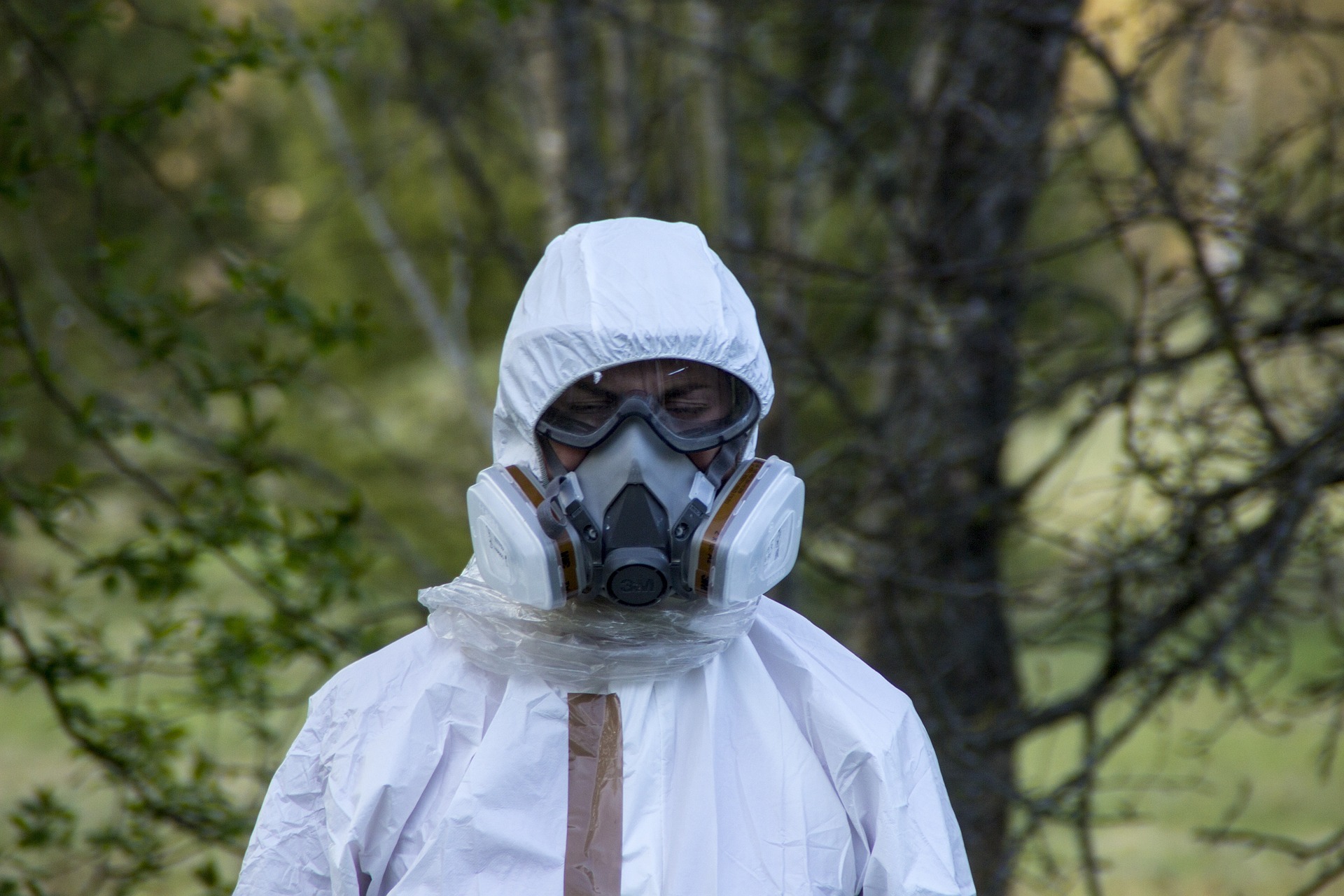Preventing MSDs in Healthcare, Nursing, Residential Care Workers


The Occupational Safety and Health Administration (OSHA) has released a new brochure aimed at preventing musculoskeletal disorders (MSDs) among nursing and residential care workers.
The brochure aims to raise awareness about the work-related activities that create the biggest risks for MSDs, and to suggest solutions to decrease risk for workers in the nursing home and residential care industries.
What are MSDs?
MSDs affect the muscles, nerves and tendons, particularly those in the neck, upper extremities and lower back.
Nursing home and residential care workers are especially prone to MSDs because they are required to lift, transfer and reposition patients on a daily basis. All of these actions put undue stress on workers’ bodies and can cause micro-injuries that add up over time.
The most common MSD injuries include muscle strains, tendinitis, lower back injuries and rotator cuff (shoulder) injuries.
The backbreaking statistics
In comparison to all other industries, healthcare workers have some of the highest rates of non-fatal occupational injuries and illnesses. Here are some statistics to put the risks healthcare workers face in perspective:
- According to the Bureau of Labor Statistics, the 2012 rate of MSDs among workers in nursing and residential care facilities greatly exceeded those reported in the construction, retail, manufacturing, and professional and business services industries.
- Reports of MSDs among nursing and residential care workers were more than double the number reported by workers in the manufacturing industry.
- In 2012, nursing and residential care facilities reported 237 injuries and illnesses per 10,000 full-time workers. Almost half of these injuries were MSDs.
- The rate of MSDs among nursing assistants (225.8) was almost four times higher than the average for all workers (37.8).
- In the healthcare industry specifically, musculoskeletal injuries are the most commonly reported worker injury.
- MSDs are also one of the leading causes of missed work days due to injury or illness, especially among nursing home and residential care workers.
What does OSHA recommend?
OSHA recommends implementation of a safe patient-handling program in all healthcare, nursing and residential care facilities. According to the brochure, healthcare facilities that implement a safe patient-handling program benefit from reduced injury costs, fewer patient falls, improved nurse recruitment and retention, and increased patient satisfaction and comfort. In the brochure, OSHA details the six essential elements that a successful safe patient-handling program should have. They include:
- Commitment from Management
- Safe Patient-Handling Committee Involving Front-Line Workers
- Hazard Assessment
- Technology and Prevention through Design
- Education and Training
- Program Evaluation
Also covered in the brochure are myths about MSDs and information on using mechanical devices to help prevent ergonomic injuries (like MSDs).
A printable PDF of the brochure can be found here. Additional information about preventing MSDs can be found on the OSHA website.
How can AMI Environmental Help Healthcare Organizations Protect Building Occupants?
At AMI Environmental, our main goal is to help our clients create a safe building environment for patients and employees that meets and exceeds industry laws and regulations. With decades of experience, our Industrial Hygiene Professionals’ purpose is to help our clients not only protect building occupants, but also to help them manage risk and reach compliance. Once we’ve done our job, you can enjoy the peace of mind that everyone will be protected from harm. AMI will work to establish and maintain a safe work environment, including surveying your facility for risks; provide testing within your facility; maintain testing protocol; and assist in the recording process. If you have any questions or concerns, please contact Dan Taylor at dantaylor@amienvironmental.com.
related blogs

Why Indoor Air Quality Investigations is a Necessity in These Times?

Few Important Tips to Help You Select Environmental Consulting Services!




